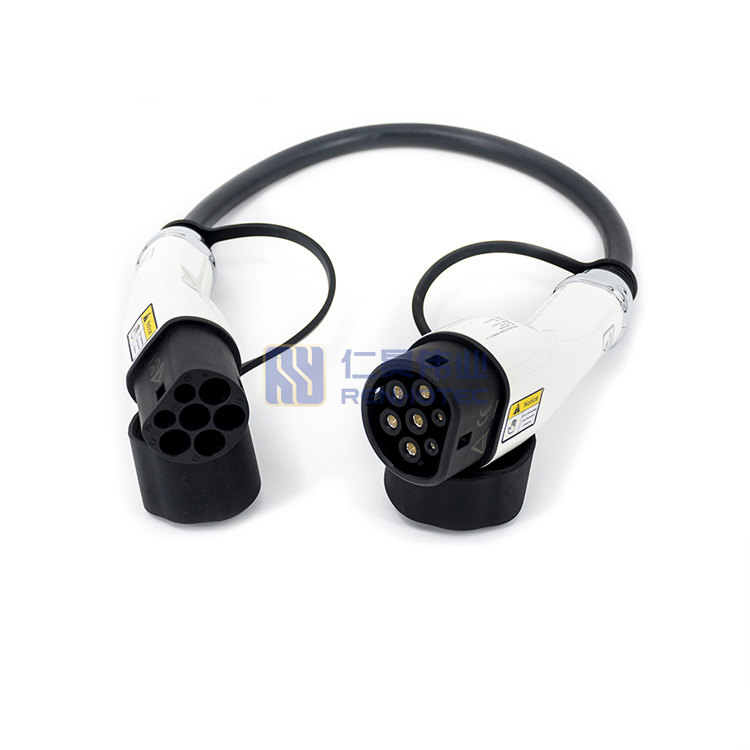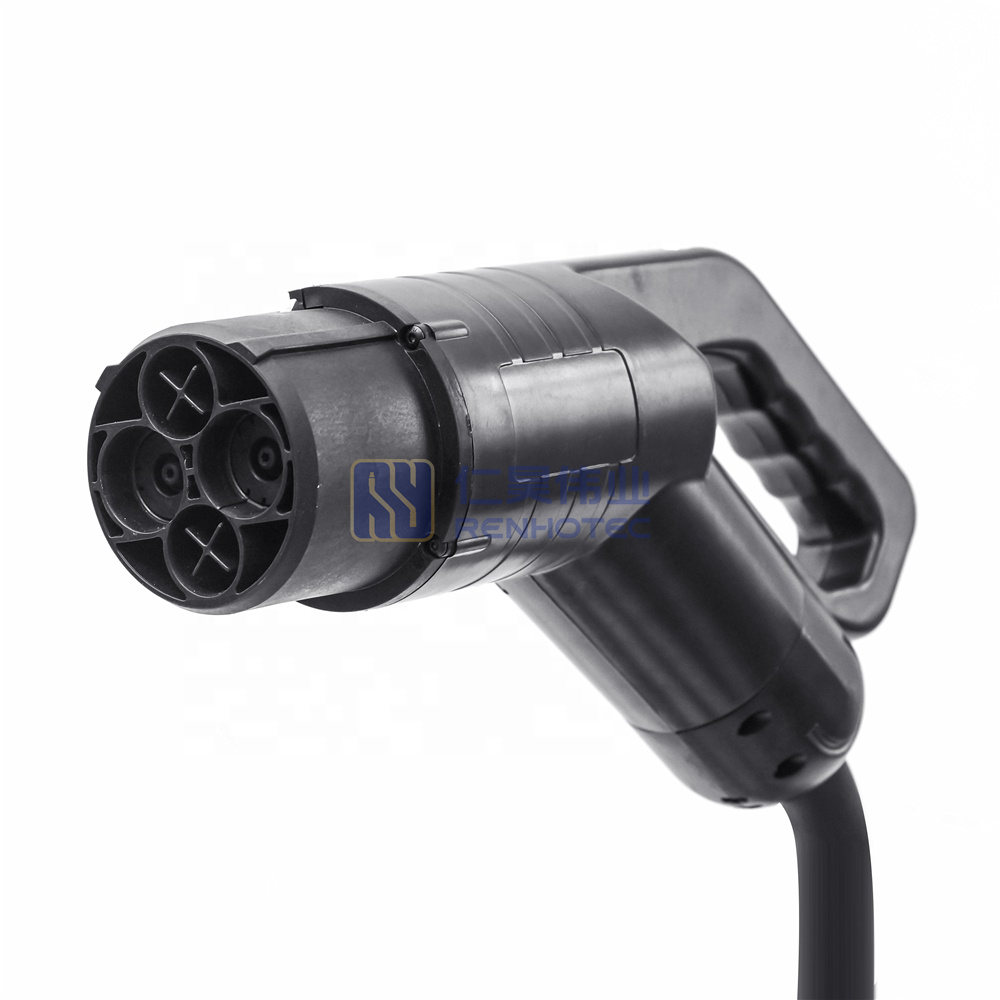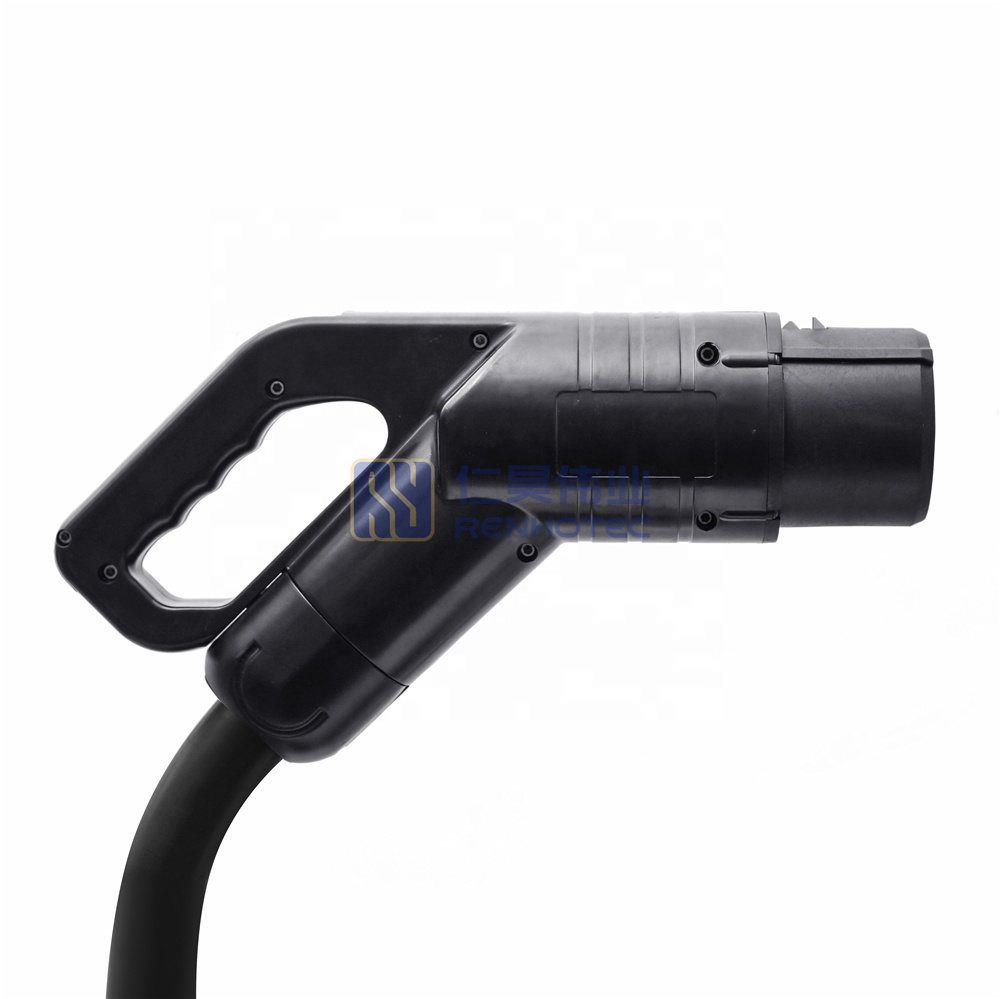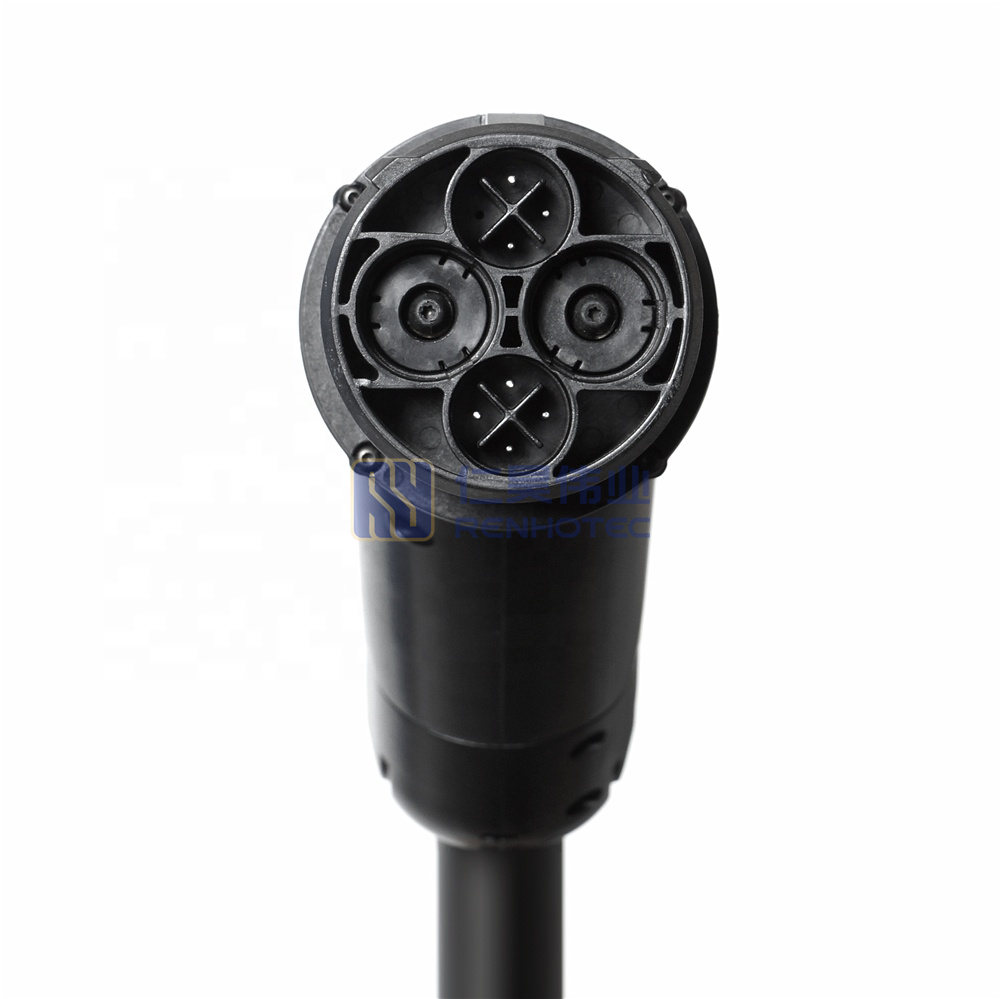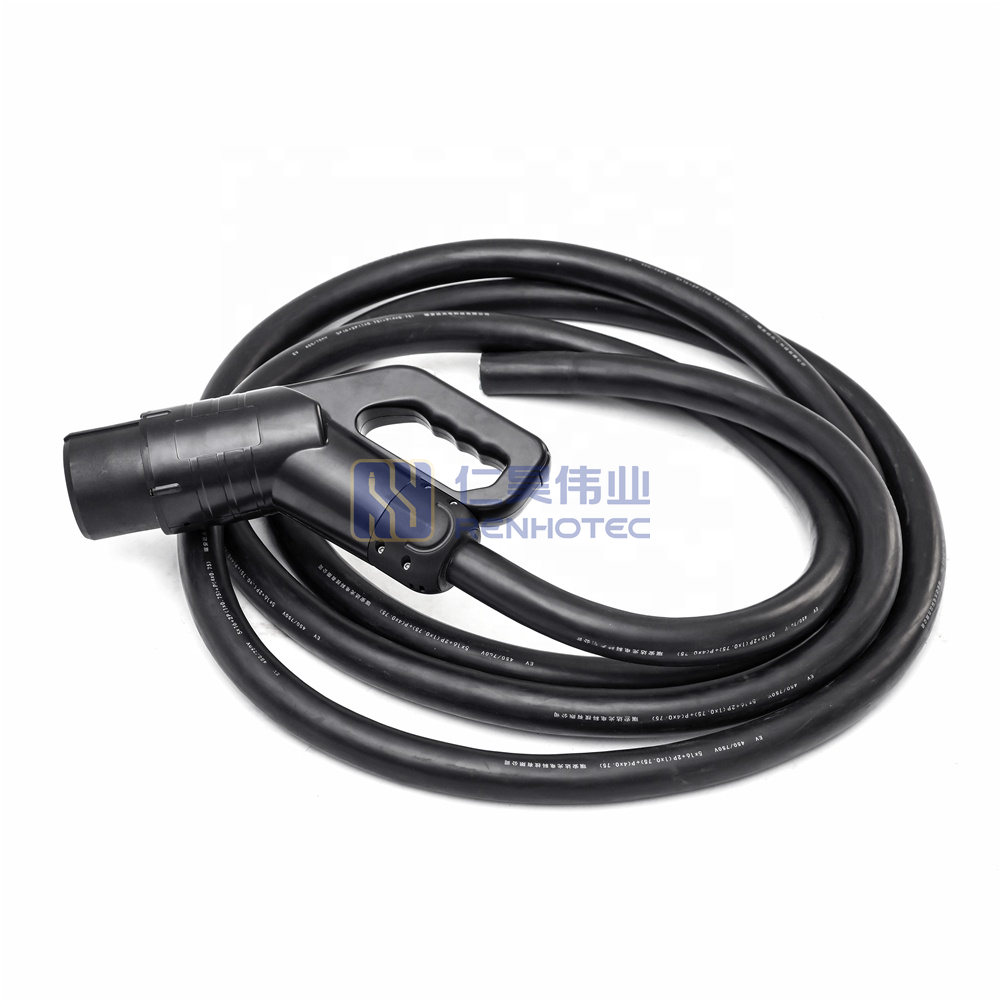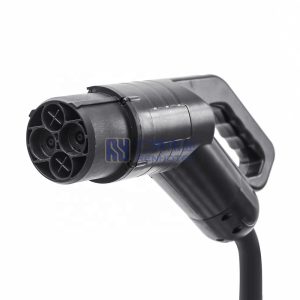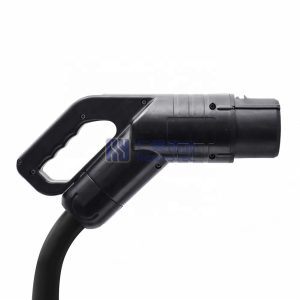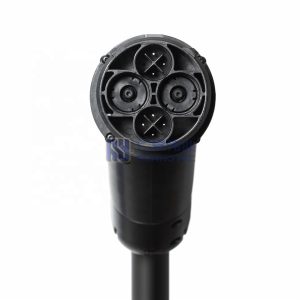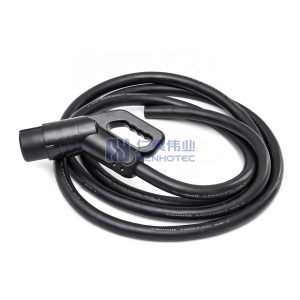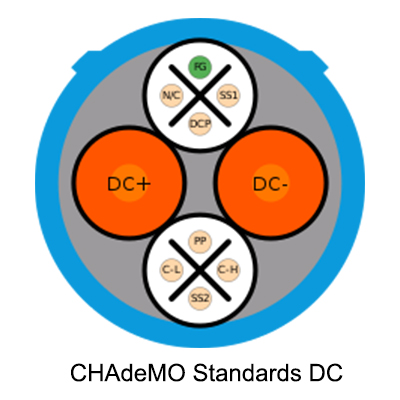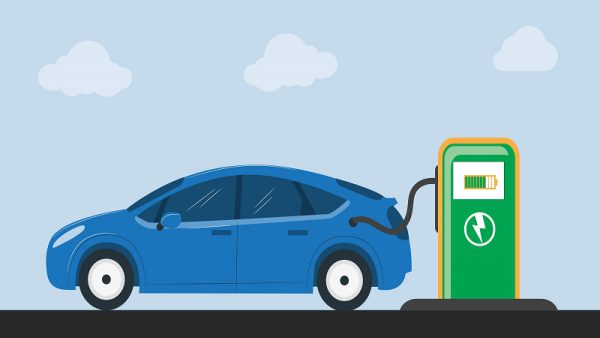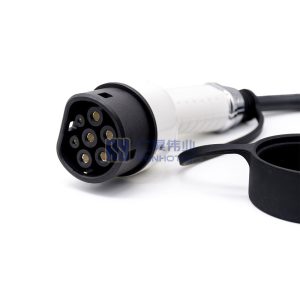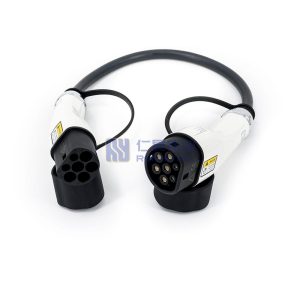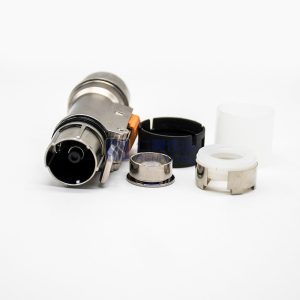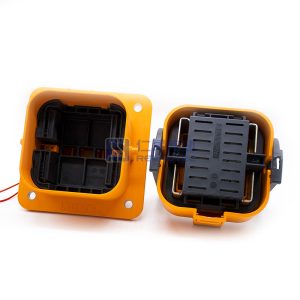Renhotec is a manufacturer specializing in EV charging products. In addition to production, our company has design and r&d departments. Our main products are EV charging stations, EV cables, and EV connectors. Along with the regular products, we also offer product customization services upon request to meet local market preferences and needs.
CHAdeMO Standards DC Charging Connector
Chademo DC chargering is used for electric vehicles. It enables seamless communication between the car and the charger.
Along with CCS and China’s GB/T standard, CHAdeMO is one of the most widely used DC charger standards. It allows for seamless communication and power transfer between electric vehicles and charging stations. The CHAdeMO Association created it. This association certifies and ensures compatibility between electric vehicles and charging stations.
Most electric vehicles (EV) have an onboard charger that uses a rectifier circuit to transform alternating current (AC) from the electrical grid to direct current (DC), suitable for recharging the EV’s battery pack. Most EVs are designed with limited AC input power, typically based on the available power of consumer outlets: for example, 240 V, 30 A in the United States and Japan; 240 V, 40 A in Canada; and 230 V, 15 A or 3Φ, 400 V, 32 A in Europe and Australia. AC chargers with higher limits have been specified. For example, SAE J1772-2009 has an option for 240 V, 80 A, and VDE-AR-E 2623-2-2 has a 3Φ, 400 V, 63 A. But these charger types have rarely been deployed.
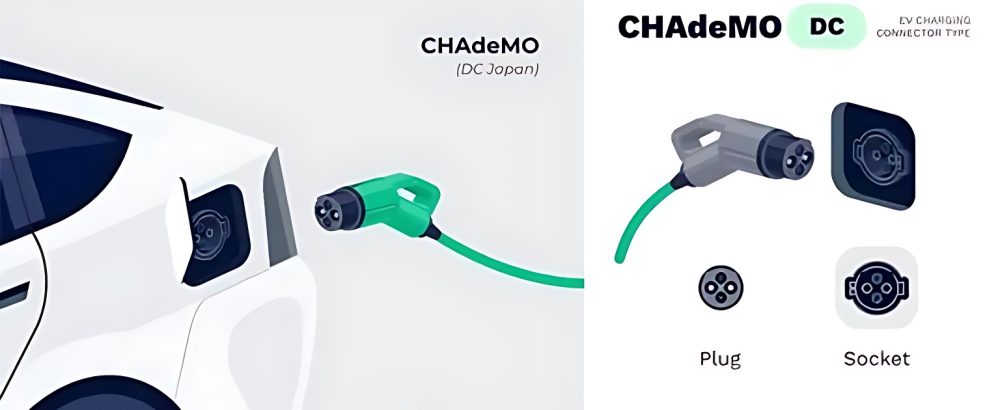
Cost and thermal issues limit how much power the rectifier can handle, so beyond approximately 240 V AC and 75 A, it is better for an external charging station to deliver DC directly to the battery. For faster charging, dedicated DC chargering can be built in permanent locations and provided with high-current connections to the grid. High-voltage and high-current charging are called a DC fast charge (DCFC) or DC quick charging (DCQC).

